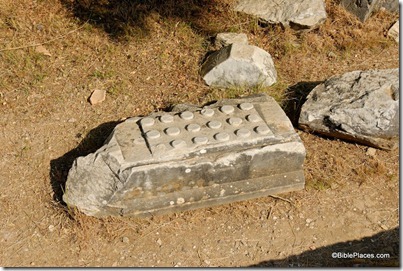From Past Horizons:
Researchers on the Djedi robot expedition have now obtained video images from a tiny chamber hidden at the end of one of the shafts leading from the Queen’s chamber. This tunnel is particularly hard to explore because it is extremely narrow (20cm x 20cm), it is built at angle of 40 degrees and has no outside exit.
The team overcame these practical difficulties by using a robot explorer that could climb up inside the walls of the shaft whilst carrying a miniature ‘micro snake’ camera that can see around corners.
The bendy camera (8 mm diameter) was small enough to fit through a small hole in a stone ‘door’ at the end of the shaft, giving researchers a clear view into the chamber beyond.
The ‘micro snake’ camera’ allowed all walls of the camber to be carefully examined, revealing sights not seen by human eyes since the construction of the pyramid
[…]
When pieced together, the images gathered by Djedi revealed hieroglyphs written in red paint that team members suggest were made by workmen. Prior to this, researchers had only found hieroglyphs in the roof of the King’s Chamber, which lies some distance above the Queen’s Chamber.
“We believe that if these hieroglyphs could be deciphered they could help Egyptologists work out why these mysterious shafts were built,” Dr Richardson said.
The full story includes photos.
HT: Jack Sasson

